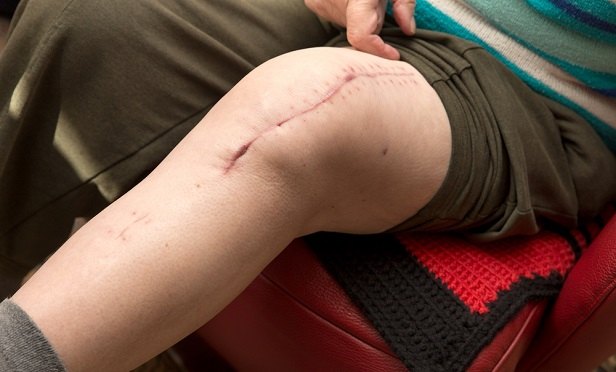 A new study suggests that lower extremity joint replacement is the only area of Medicare bundled-payment programs to see significant savings. (Photo: Shutterstock)
A new study suggests that lower extremity joint replacement is the only area of Medicare bundled-payment programs to see significant savings. (Photo: Shutterstock)
Bundling payments for health care was supposed to produce substantial savings, but that might not always be the case—in fact, Medicare's voluntary bundled-payment program only produced savings for one type of treatment, joint replacements, and even then not as much as expected.
According to a new study in Health Affairs, bundling payments for hip and knee replacements did cut spending without a drop in quality by 1.6 percent from 2013–2016, but the administration had expected more. CMS had expected that after a year of participating in the program, providers would have cut spending on joint replacement by 3.9 percent.
Recommended For You
Complete your profile to continue reading and get FREE access to BenefitsPRO, part of your ALM digital membership.
Your access to unlimited BenefitsPRO content isn’t changing.
Once you are an ALM digital member, you’ll receive:
- Breaking benefits news and analysis, on-site and via our newsletters and custom alerts
- Educational webcasts, white papers, and ebooks from industry thought leaders
- Critical converage of the property casualty insurance and financial advisory markets on our other ALM sites, PropertyCasualty360 and ThinkAdvisor
Already have an account? Sign In Now
© 2025 ALM Global, LLC, All Rights Reserved. Request academic re-use from www.copyright.com. All other uses, submit a request to [email protected]. For more information visit Asset & Logo Licensing.








